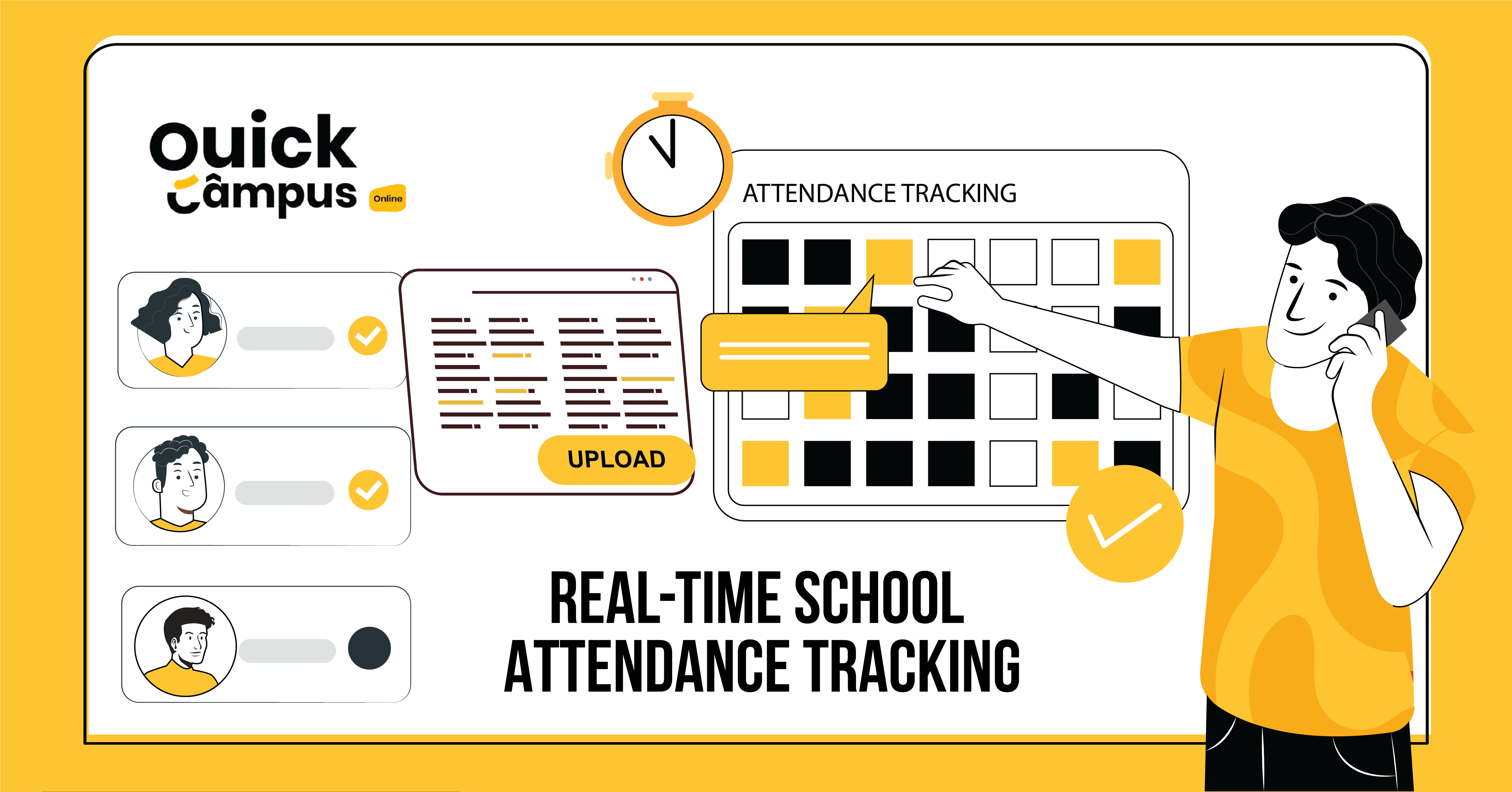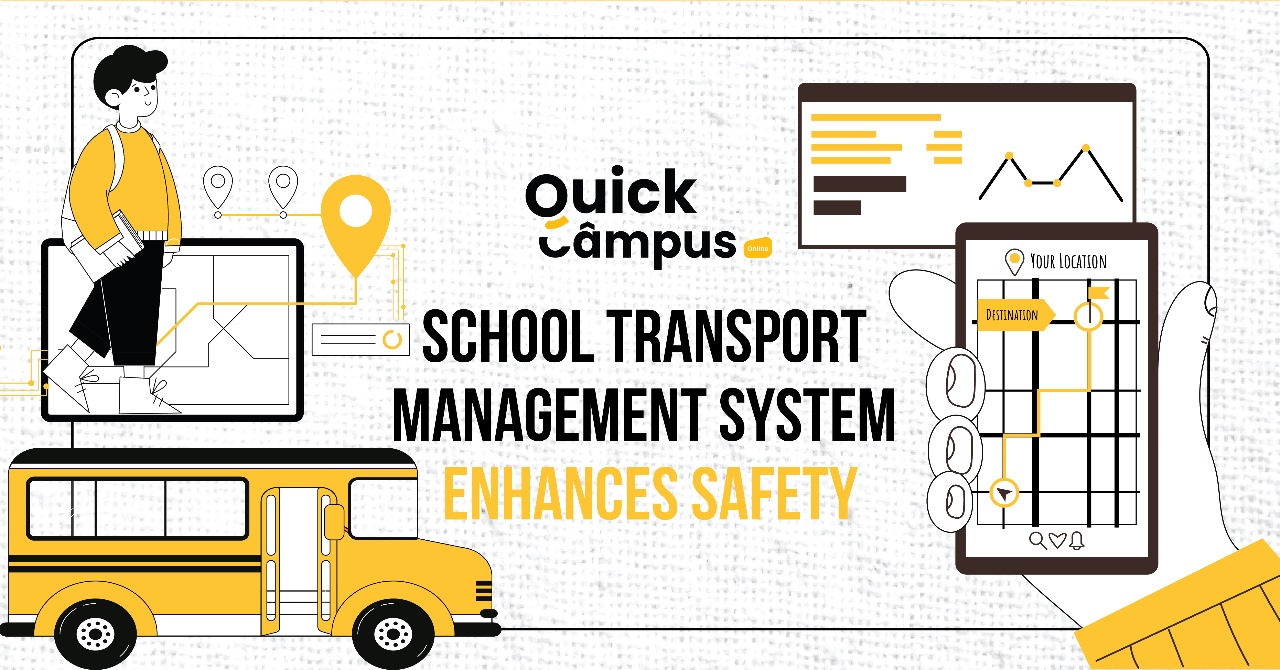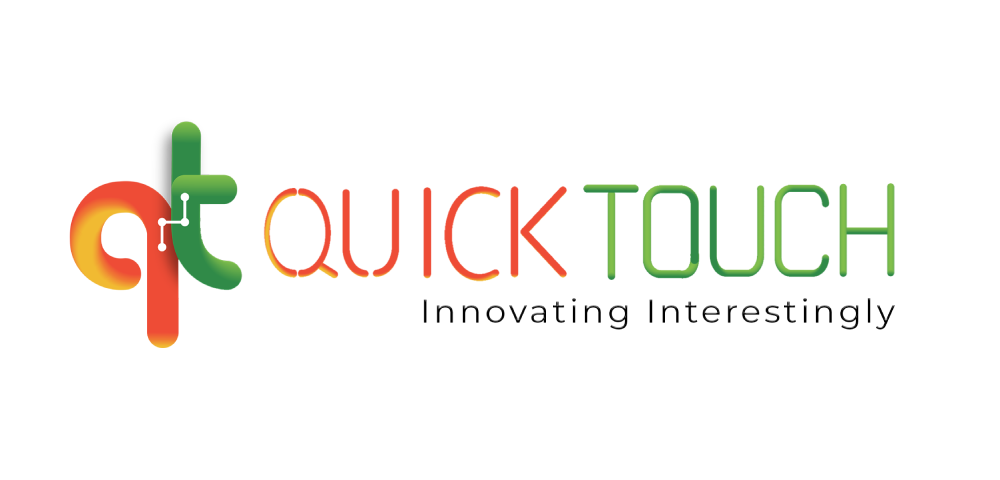Pedagogy Vs Andragogy Vs Heutagogy – Meaning & Differences
Education is a lifelong process, and how we learn will evolve as we grow. There are many learning models, from the traditional educator-centered approach to more learner-based approaches. Only if we understand the three vital terms (pedagogy, andragogy, and heutagogy) dictating learning approaches will we gain valuable insights into how we acquire knowledge at different levels. Let’s explore each term in the below sections.
Pedagogy: Teacher-Centered Learning
The term pedagogy comes from the Greek words ‘paid’, ‘ and ‘agogos’, meaning ‘child/boy leader’. It focuses on primary-level teaching. Here, the teacher is the one who imparts knowledge to students. Moreover, the lessons and curriculum in this model are structured and predetermined.
In a pedagogical teaching model, the teacher assumes the role of an authoritative person, in which he/she gives lectures, assigns tasks, and assesses students’ learning curves. The learning backdrop usually consists of levels with the teacher taking charge of the learning process and students abiding by the rules set by the teacher. This type of learning is good for the primary education of students and proves to be better for teaching weaker students or students who need special attention.
Andragogy: Adult-Centered Learning
The word andragogy was coined by a famous educator named Malcolm Knowles. The learning model comprises principles and methodologies specific to teaching adult learners. Unlike pedagogy, andragogy recognizes the learning needs and choices of adults.
The characteristic features of andragogical settings include self-learning and active participation in education. This model captures real-life experiences, prior knowledge, and personal accomplishments. A participant in this learning framework is not a passive recipient of information. Instead, the learner engages in collaborative discussions, problem-solving pursuits, and experiential learning.
Andragogy centers around the relevancy and practicality of academics, and adult learners develop the life-long desire to stay updated in their personal and professional lives. That is why andragogical approaches often incorporate real-life examples, case studies, and practical exercises.
Heutagogy: Self-Directed Learning
Heutagogy is an advanced form of self-directed learning concept designed by two educators, Stewart Hase and Chris Kenyon. The heutagogical approach eliminates the need for a teacher almost entirely. The learner becomes the stakeholder of their learning, structuring their learning paths and assessing their progress.
Heutagogy originates from the Greek word ‘heutagagos’, meaning ‘self-guided’. The participants of this approach are naturally motivated, curious, and passionate about learning. As a result, they take ownership of their education, set their learning objectives, explore resources, and contemplate their experiences.
One of the highlights of the heutagogical approach is the adaptability and flexibility of the learning processes. They don’t follow a linear curriculum to learn topics. Instead, they explore diverse topics, partake in interdisciplinary studies, and develop interests across multiple disciplines. Technology is critical to this approach as it allows students to collaborate and explore information outside the textbooks.
Comparing Pedagogy, Andragogy, and Heutagogy
Even though all three learning styles represent aspects of learning, they are not mutually exclusive. The components of each approach appear in various educational contexts.
- Pedagogy suits children and fresh learners as they need well-structured guidance and molding from the teachers.
- Andragogy is the best option for ‘seasoned learners’ who want autonomy and relevancy in their learning journey.
- Heutagogy is an ideal learning mode for highly motivated, self-directed learners who showcase their best in an open-ended, exploratory learning environment.
Ultimately, some factors decide one’s educational choices; it depends on the learner’s age, learning objectives, experience, and choices. By understanding the tenets of all three learning styles, educators can set an inclusive and efficient learning environment that provides everything a learner needs to be a life-long learner.
Conclusion
Pedagogy, andragogy, and heutagogy provide different views on teaching and learning. Pedagogy emphasizes teacher-centered instruction, while andragogy focuses on adult-centered learning, and heutagogy supports self-directed learning. For that reason, understanding the strengths and limitations of each approach is essential. This will help educators empower learners to succeed at every stage of their educational journey.












